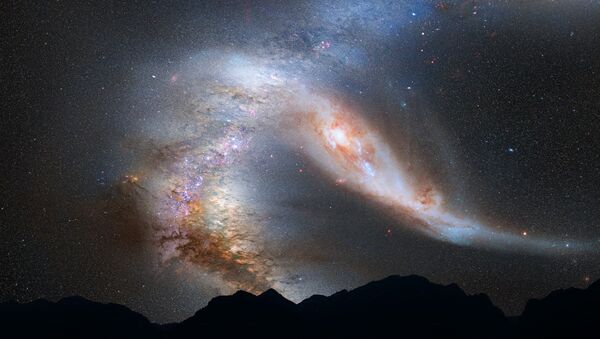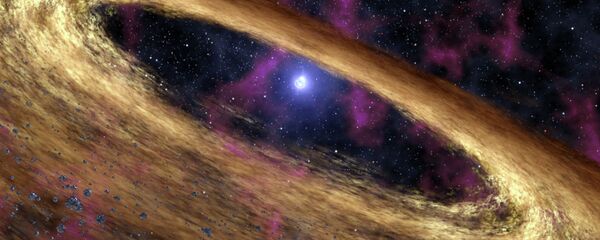In a new study published in Science, Pierre Auger Collaboration, an international astronomy team searching for answers about the cosmic origins of extremely high-energy cosmic rays (i.e. subatomic particles traveling at speeds close to the speed of light), have come up with an answer.
After observing the arrival patterns of over 30,000 particles with the highest energy using the Pierre Auger Observatory's array of 1,600 cosmic ray detectors, researchers were able to create a map of their distribution along the sky. Their map finds that most of these particles seem to come from particular areas of galaxies far outside our own.
"We are now considerably closer to solving the mystery of where and how these extraordinary particles are created, a question of great interest to astrophysicists," said professor Karl-Heinz Kampert, spokesman for Auger Collaboration, a project which involves more than 400 scientists from 18 countries.
According to astrophysicist Bruce Dawson, the findings are significant, because "this is the first conclusive evidence that real atomic material, not just starlight, arrives at Earth from distant galaxies."
Paolo Privitera, professor of astronomy and astrophysics at the University of Chicago, said that the study "unequivocally establishes that ultra-high-energy cosmic rays are not just random wanderers of our nearby universe. The imprint detected in their arrival directions – a tantalizing evidence for extragalactic origin –required several years of observations with a detector working…'like a Swiss clock,'" he said.
Figuring out the origin and mechanisms behind these ultra-high-energy cosmic rays may help to explain how galaxies form, and what it is about them that leads to these particles' creation.



